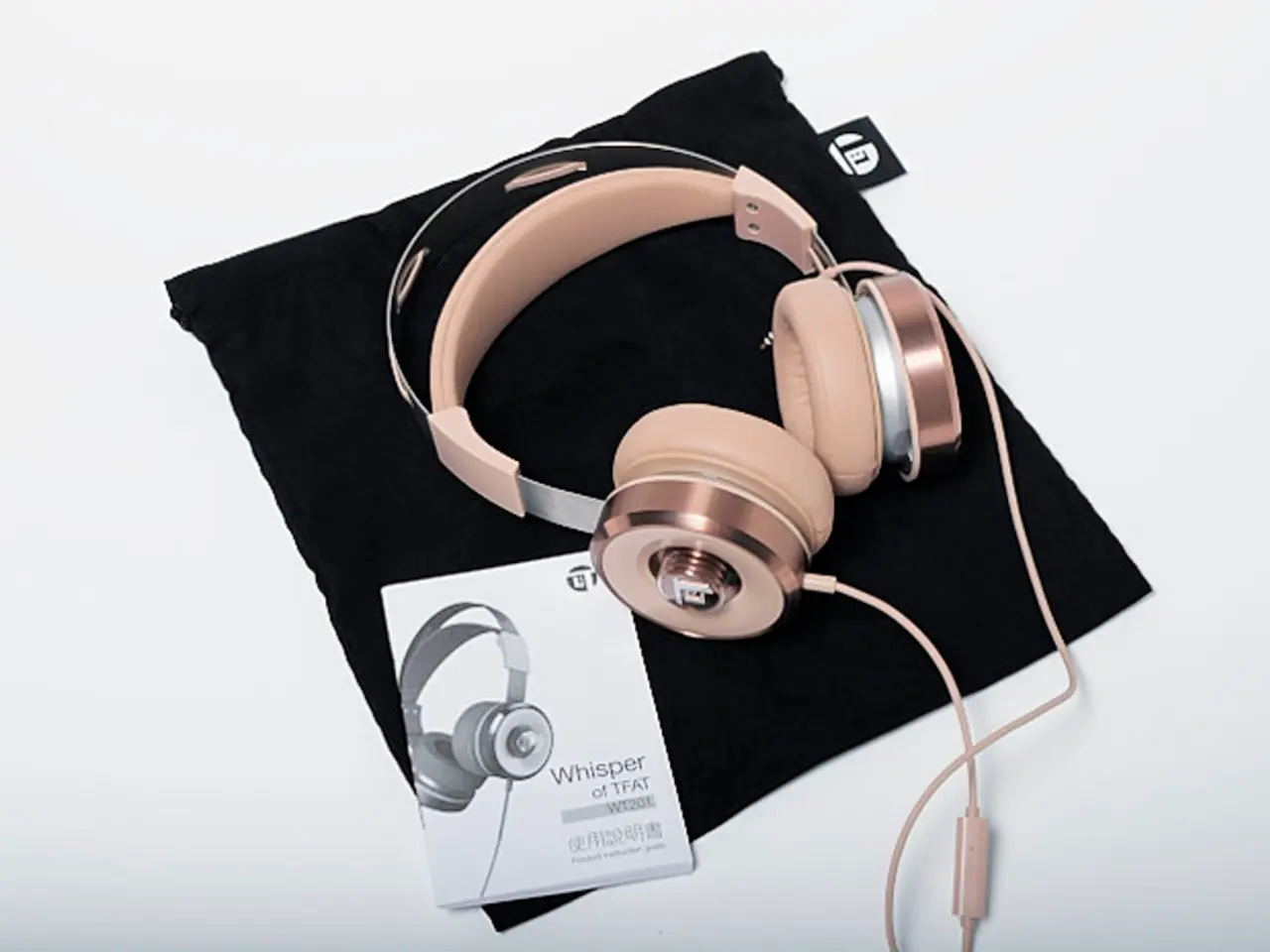Investigating Secretly: Tracing Capabilities of Earbuds Revealed?
Earbuds, such as Apple AirPods, can be traced when powered on and within Bluetooth range, primarily using manufacturer-specific tracking apps or third-party Bluetooth tracking tools. For instance, the Find My app on an iPhone can be used to locate AirPods, allowing users to track their location, play a sound to find them nearby, or get directions to their last known position.
However, earbuds can also pose privacy and security risks. Some premium Bluetooth headphones have been found vulnerable to hidden chip flaws that can expose calls and private data to hackers nearby, making tracking features potentially susceptible to misuse for spying or unauthorized tracking if the devices have security vulnerabilities.
To protect earbuds from unwanted tracing or loss, consider the following best practices:
- Use physical accessories: Protective cases, lanyards, or earbud lines reduce the risk of losing individual earbuds and make them easier to keep track of.
- Keep earbuds charged: A good battery level ensures tracking apps remain effective if you misplace them.
- Manage device permissions: Turn off Bluetooth when not in use to avoid unwanted connections or tracking.
- Update firmware regularly: Manufacturers release updates to patch security vulnerabilities, reducing spying risks.
- Be cautious with apps: Only use trusted tracking apps associated with your device manufacturer or well-reviewed third-party apps.
Moreover, Bluetooth Low Energy (BLE) devices, like earbuds, emit a unique identifier that can be detected by nearby devices, potentially allowing cybercriminals and advertisers/data brokers to track them. To protect your earbuds from being tracked, turn off Bluetooth connectivity when not in use, turn off location services, be mindful of the apps and services you grant permission to access your earbuds, and consider using a virtual private network (VPN).
Some earbuds offer built-in security features, such as encryption for data transmission and privacy modes that limit tracking and data collection. Using private earbuds can provide increased security, peace of mind, a more seamless listening experience, and be a good option for people who work with sensitive or confidential information.
In summary, Bluetooth earbuds can be traced under certain conditions primarily via official tracking apps or third-party tools, but protective measures—both physical and digital—can mitigate risks of loss and unauthorized tracking. Using a VPN can add an extra layer of protection to your data, but not all earbuds are compatible with VPNs, and using a VPN may affect performance or battery life.
Cybercriminals and advertisers/data brokers might exploit the unique identifier of Bluetooth Low Energy (BLE) devices, like earbuds, to track them, raising concerns about data privacy and cybersecurity. Adhering to data-and-cloud-computing best practices, such as turning off Bluetooth connectivity when not in use, turning off location services, and being cautious with apps, can help protect your earbuds from being unauthorizedly tracked. Moreover, technology advances in some earbud models offer built-in cybersecurity features, like encryption for data transmission and privacy modes, thus providing increased security for users dealing with sensitive or confidential data.




